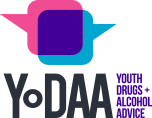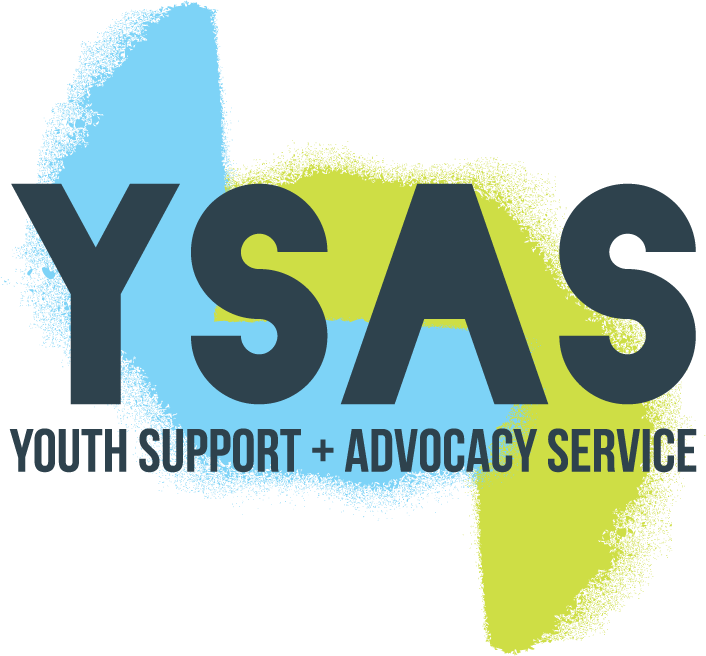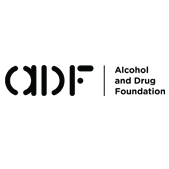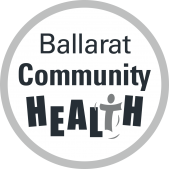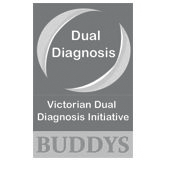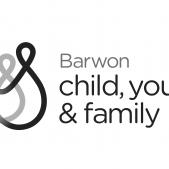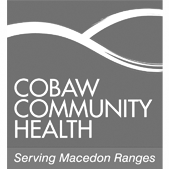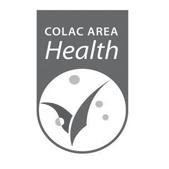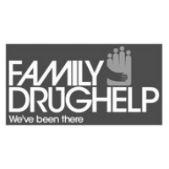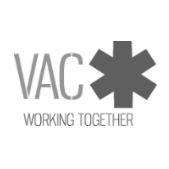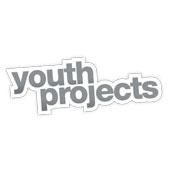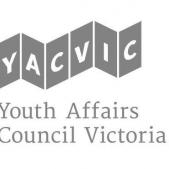Understanding how to help
Help a young person cope with cravings at home
No matter how committed a young person is to reducing substance use, cravings are a normal part of recovery. Here's a practical activity youth AOD workers use to help young people deal with cravings that anyone can do.
Anyone who has ever tried cleaning out a bookshelf and ended up spending an hour reading knows the power of distraction! For a young person who wants to reduce their substance use but experiences intrusive thoughts and cravings, distraction can help them cope in the moment and delay making a decision to use.
Making a distraction box is a fun and simple way that youth AOD workers help a young person accept that cravings will happen, identify their own coping strategies and plan ahead. As the name suggests, these boxes are filled with things that will divert and engage a young person when the cravings hit. Good distraction boxes are inviting, inspiring, individualised and updated regularly. Better still, anyone can make one.
You can fill a distraction box with anything that a young person thinks will help divert their attention. Here are some ideas to get you going.
- Art supplies
- Nail polish and manicure set
- A musical instrument
- A favourite DVD, CD or game
- Sporting equipment
- Bead making kit
- Gym gear
- Aromatherapy oils & meditation CD
- Mandala Sheets and pencils
- Pen and paper for creative writing
- Mind teaser puzzles
- A favourite magazine
- A pedometer
- A skipping rope
- Photo albums
- Movie / coffee voucher
- Dog lead or cat treats
- Fishing gear
The list goes on…..
Making a distraction box together can be a positive and empowering experience. Distraction boxes are best suited to young people who have a supportive environment around them with their basic needs met and are already motivated to reduce their substance use.
